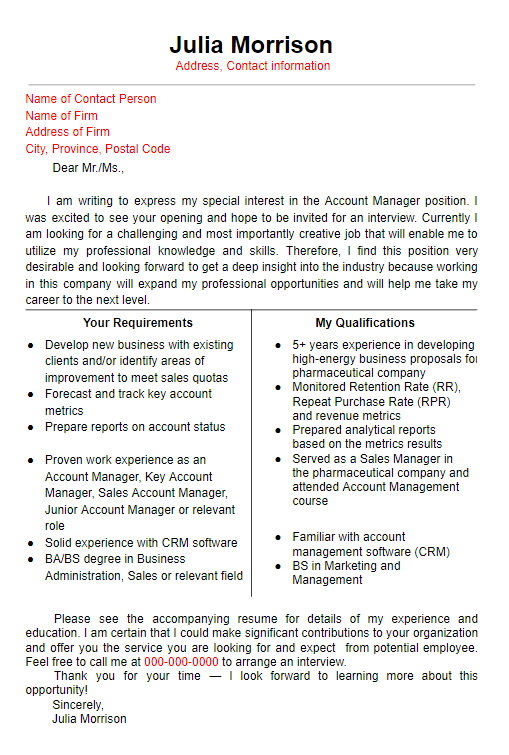Everybody likes getting presents. Children fond of sweets, bookworms get crazy about receiving one more fiction … recruiters would be pleased to get a good cover letter.
But what is a “good” cover letter? Should it be 1 or 3 page long? What’s about cover letter structure? How to put all the experience and skills there? What to include and emphasize first?
The answer is simple, a great cover letter has to be as humanize as possible. The truth is that most recruiters would say “Thank you” for being clear and short at your cover letter. They are looking for exact matches to the job descriptions and company culture, plus they are under a tremendous amount of time pressure to screen an overwhelming flood of applicants. So, it’ll be the best present ever to make a cover letter easy and quick to scan for a recruiter. There are numerous ways this can be done and one of them is choosing the T-format cover letter. This is the specific needs cover letter that demand some time and efforts to organize but it’s worth it.

Follow up the cover letter guidelines and be sure your cover will say: “I’m exactly what you are looking for, and here is why!”.
What is T cover letter?
The name derives from the look of the page itself. When you start preparing a cover letter in a T format, the first thing you should do is to draw a huge letter “T” on a page. It’s easy to make on a Word document using the table creation tool. The top line appearing under your opening paragraph and the vertical line dividing the page below into two equal columns. It looks more like a T table chart with boxes. And each box has its own appointment.
- The first section, under the top line, is your cover letter heading. This is the place to introduce yourself and explain why you are interested in the job and company. This is your chance to demonstrate you’ve prepared well and aware of the company or industry. Don’t forget to make it eye-catching without using cliché phrases.
- The middle section purpose is to show that you fit the job perfectly.
Let’s stay here for a while. By providing the T letter you are simplifying the job, and cutting right to the chase of what the company is looking for … the match. To make this match clear, easy and quick to scan you should start from the job requirements. Before filling the boxes, open the job description, write down all the responsibilities and duties into the left column. Keep in mind, you shouldn’t focus on everything, choose the most important and appropriate. Then shift to the right column, it’ll be a place with your skills and competencies that correlate with the must-have core requirements of the position.
As a result, you’ll have a two column cover letter that perfectly specifies your qualifications and job requirements.
- The final step is the last section. Put all your enthusiasm and desire here. It should look like a summary but with a “call to action”. Don’t write just how qualified you are to do this job and ask them to review your resume. Give a contact information and let them know when you will follow up with them about your application.

Keep in mind, T cover letter sample may look not fancy and not professional from the beginning. The first version serves as a prototype, as Ernest Hemingway said: “The first draft of anything is sh*t.” You can use it as a base of every-day improvement until you send it to a recruiter. Before sending the final version don’t forget to make sure whatever you highlight in your cover letter matches the job requirements point-for-point and is easy to identify on your resume. Your goal is to hunt a job and professional cover letter can be a great way to attract recruiter’s attention and get an interview invitation.